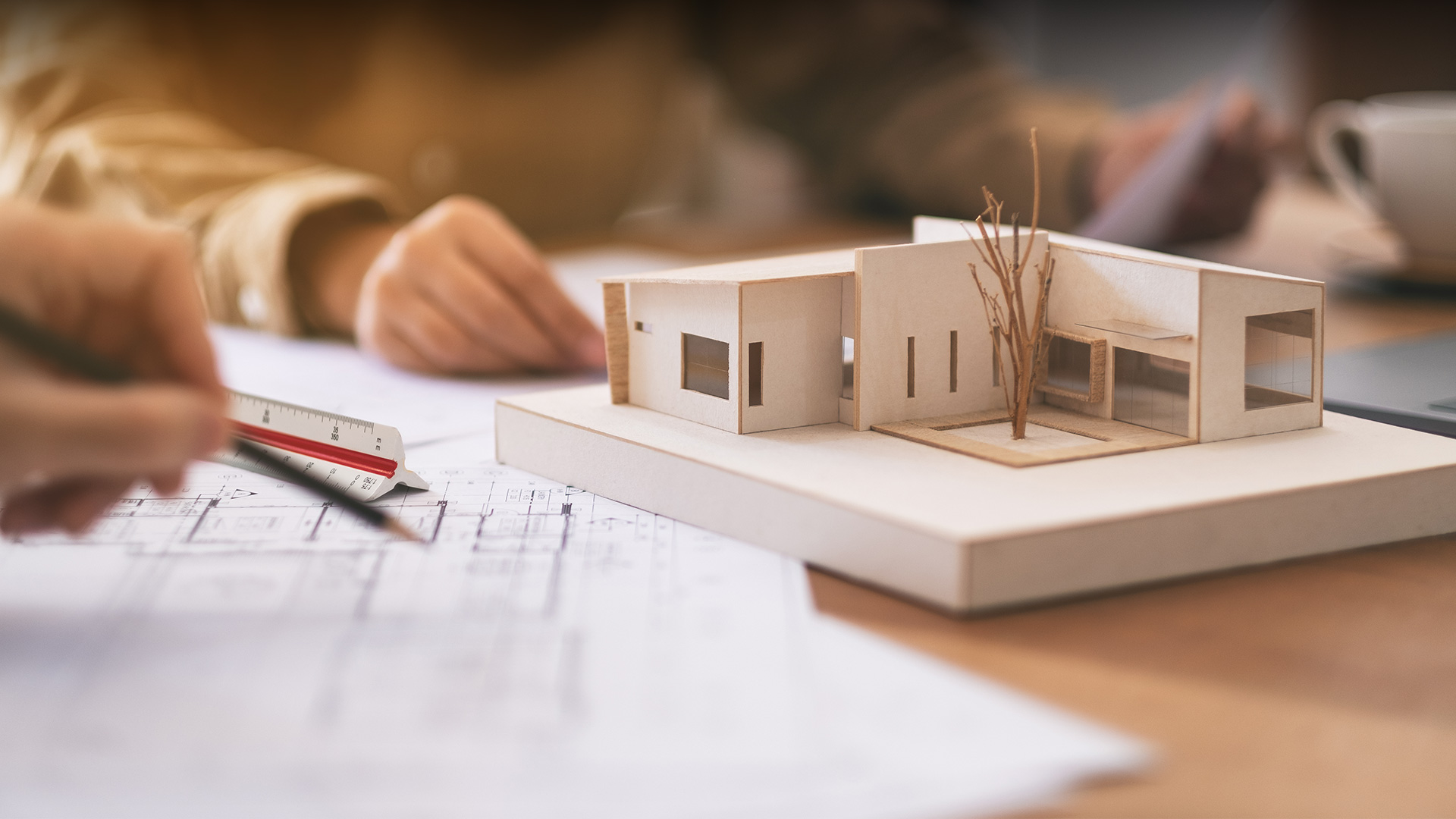Nursing Health Through Architecture
Many nursing theorists defined the ‘environment’, but the earliest connection between nursing and architecture can be attributed to Florence Nightingale and her description of hospital design (Nightingale, 1860).
Susan O’Hara, PhD, MPH, RN, EDAC, Fellow NIHD
Many nursing theorists defined the ‘environment’, but the earliest connection between nursing and architecture can be attributed to Florence Nightingale and her description of hospital design (Nightingale, 1860). In fact, Verderber describes the Nightingale wave of architecture as a significant and historical design concept (Verderber, 2000). In parallel with architects, nursing has well understood the significance of design on patient, staff and family quality of care and outcomes. Nursing has recently been a part of the planning process, whether at the invitation of facility administrators; as an integral and required participant on the path to magnet status; or as included in an architecture firm’s design process. But the education of nursing in architecture has not kept pace with the need for their expertise.
The work of Edmonson and Harvey (Edmondson & Harvey, 2018) as cited in The Future of Nursing 2020-2030: Charting a Path to Achieve Health Equity (Hassmiller, 2021), describe cross-boundary teaming as a way of engaging diverse teams together to accomplish new work. It is a synergistic methodology that challenges innovative thinking. Similarly, this approach has been defined in the human factors domain as macrocognition, an “… adaptation of cognition to complexity” (Patterson & Miller, 2010, p. 12), with five major constructs: sensemaking, replanning, detecting problems, deciding, and coordinating (Patterson & Miller, 2010). This theory brings an understanding of how different teams come together to create new knowledge (O'Hara et al., 2018). Where do we go from here?
Someone once said to me, if you ask the question you have created the need. I believe this is the rationale for all innovation. Asking why, AND why not. Why not have an educational certificate program that bridges nursing AND architecture?
I realized that it was possible to create the bridge through my first faculty appointment after my PhD. This multidisciplinary position at Clemson University initiated by Dr. Kathleen Valentine, Director School of Nursing and supported by Schools of Architecture and Health Research. Through this academic focus and with over 20 years’ professional experience working in the field of health care architecture, I could further the mission supporting architects and healthcare leaders to advance the connection between nursing and design.
During that first appointment I worked to advance Innovation of the Academy of Nursing Excellence in Design following a summit of nursing scholars in health care design academia and industry. The Academy mission was twofold: Establish an International conference for nursing in health care design and create a certificate program to provide an overview of nursing and design.
The second annual international nursing conference now virtual, brings together nurses, designers, engineers and other participants involved in the delivery of healthcare within communities, facilities and residences. The healthcare design mission of the conference is: Disseminate new knowledge through research; identify best practices for nurse leadership in and opportunities for nurse, patient/family input into safety improvements; stimulate innovation and encourage interprofessional collaboration; and foster an inclusive platform for specialty design settings (global health, military health, integrative health, etc.). (https://www.clemson.edu/cbshs/departments/nursing/research/nursing-conference/)
The second directive of the Academy was to establish a certificate program to bring together Clemson University School of Nursing and the School of Architecture again. Historically, as described by David Allison, the Director and Professor of the Architecture + Health Program within the School of Architecture, nurses had attended classes at the inception of the program, now in place for over 50 years. The purpose of the Leadership and Innovation in Health + Design certificate program is to inform nurses, allied health professionals and designers to collaborate in architecture design + health for a positive impact on the environment in which patients and their families experience care (https://www.clemson.edu/cbshs/departments/nursing/academics/leadership-innovation-health-design.html).
The program goals:
- Understand frameworks that impact the built environment for improved health care outcomes.
- Educate health and design professionals (nursing, allied health, architecture) to practice and advocate for improved quality settings and delivery of health care within health care environments.
- Understand the role of health systems science as it relates to interprofessional care providers and health leaders through interdisciplinary collaboration and the health care built environment.
- Apply and disseminate knowledge on the impact of the built environment on health care acquired in a clinical, industry or academic setting.
- Prepare design professionals to interact and work with clinical healthcare providers in collaborative cross-disciplinary design and design decision-making.
The Clemson University School of Nursing certificate program started in spring 2021 with four nurse leaders who have various academic and professional backgrounds. The architecture courses for the program include Topics in Health Policy, Planning & Administration and Health Facilities Planning and Design, while nursing courses include Nursing Research Design & Methods, and DNP Outcomes Management + Practicum (45 hours). The practicum is an important feature providing a real-world application of the didactic course work.
The feedback has been very powerful with certificate nurse students bringing their own clinical expertise to the architectural students in class. This certificate program offers a unique approach to innovation, cross-teaming, and interdisciplinary work for evidence based practice and design.
Innovation in nursing is not new but fills a gap between what is known and what we can know (Kaya et al., 2015) inspiring transformational leadership and creativity in the workplace (Snow, 2019). The work on certificate program answers the ‘why not’ question. It is the program I wished I had in my career as I navigate the work of the nurse scholar in an architecture environment.
This is an exciting time in nursing and design! The sky is the limit as we explore and elevate the ‘environment’ component of the nursing metaparadigm (Fawcett, 1984; Nightingale, 1860). For this is where we work, we practice, we educate, and we care for our patients, families, and each other.
References
Edmondson, A. C., & Harvey, J.-F. (2018, 2018/12/01/). Cross-boundary teaming for innovation: Integrating research on teams and knowledge in organizations. Human Resource Management Review, 28(4), 347-360. https://doi.org/https://doi.org/10.1016/j.hrmr.2017.03.002
Fawcett, J. (1984, Summer). The metaparadigm of nursing: present status and future refinements. Image - the Journal of Nursing Scholarship, 16(3), 84-89. https://doi.org/10.1111/j.1547-5069.1984.tb01393.x
Hassmiller, S. B. (2021, May 1). The Future of Nursing 2020-2030. Am J Nurs, 121(5), 7. https://doi.org/10.1097/01.NAJ.0000751020.95176.0c
Kaya, N., Turan, N., & Aydın, G. Ö. (2015). A concept analysis of innovation in nursing. Procedia-Social and Behavioral Sciences, 195, 1674-1678.
Nightingale, F. (1860). Notes on nursing: what it is, and what it is not. D. Appleton and Company.
O'Hara, S., Klar, R. T., Patterson, E. S., Morris, N. S., Ascenzi, J., Fackler, J. C., & Perry, D. J. (2018, Apr). Macrocognition in the Healthcare Built Environment (mHCBE): A Focused Ethnographic Study of "Neighborhoods" in a Pediatric Intensive Care Unit. Health Environments Research and Design Journal - HERD, 11(2), 104-123. https://doi.org/10.1177/1937586717728484
Patterson, E. S., & Miller, J. E. (2010). Macrocognition metrics and scenarios: Design and evaluation for real-world teams. Ashgate.
Snow, F. (2019, Oct/Dec). Creativity and Innovation: An Essential Competency for the Nurse Leader. Nurs Adm Q, 43(4), 306-312. https://doi.org/10.1097/NAQ.0000000000000367
Verderber, S. (2000). Healthcare architecture in an era of radical transformation. Yale University Press.
July 2021










